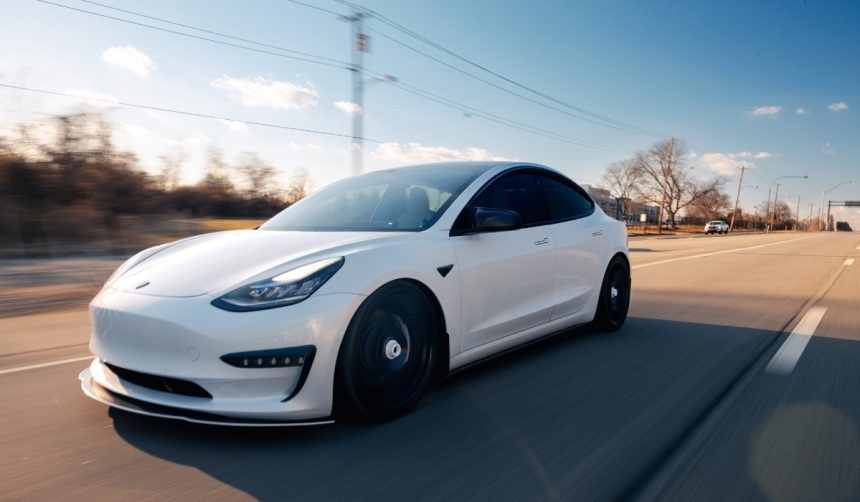In the first quarter of 2025, Tesla continued to lead the U.S. electric vehicle market with its Model Y and Model 3 outperforming competitors. Despite a general downturn in EV sales, Tesla’s flagship models maintained a significant presence on the roads. The launch of a new Model Y variant and external challenges have influenced the company’s sales figures.
Tesla has traditionally held the top spot in U.S. electric vehicle sales, but the latest Q1 data highlights significant growth from other automakers. Brands such as Ford and Chevrolet are increasing their market share with new EV models, contributing to a more competitive landscape in the electric vehicle sector.
Tesla’s Q1 Sales Performance
According to the Kelley Blue Book EV sales report released by Cox Automotive, Tesla sold 64,051 units of the Model Y, marking a 33.8% decrease compared to the previous year. Conversely, the Model 3 saw a 70.3% increase year-over-year with 52,520 units sold. Overall, Tesla’s EV sales declined by 8.6% from the same period last year.
Competitors Gaining Ground
Ford Mustang Mach-E, Chevrolet Equinox EV, and Honda Prologue secured their positions among the top five best-selling EVs, with sales figures of 11,607, 10,329, and 9,561 units respectively. Additionally, new entrants like the Porsche Macan and Volkswagen ID.Buzz are contributing to the competitive landscape.
Market Trends and Future Outlook
The EV market is witnessing the introduction of numerous models, including the Volvo EX30 and EX90, expanding consumer choices.
“The increasing variety of electric vehicles signifies a robust and evolving market,”
noted a representative from Cox Automotive. Upcoming models from Honda and Acura have added over 14,000 EVs to U.S. roads in Q1 2024, anticipating continued growth throughout the year.
Tesla remains a dominant force in the U.S. EV market, but the surge in sales from other manufacturers highlights a maturing and increasingly competitive industry. Consumers now have access to a broader range of electric vehicles, which may drive further innovation and improvements in the sector. For prospective buyers, the expanding EV lineup offers more options to suit diverse preferences and needs, potentially accelerating the transition to electric mobility.










